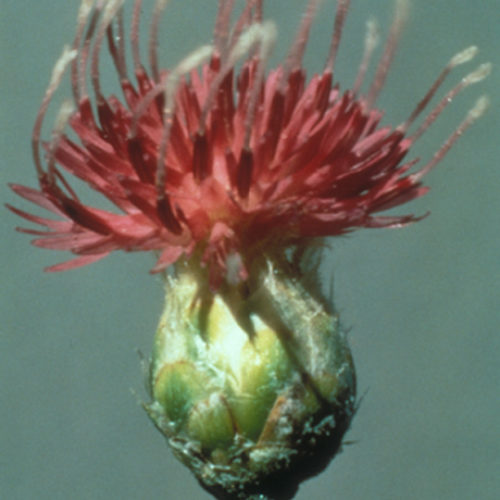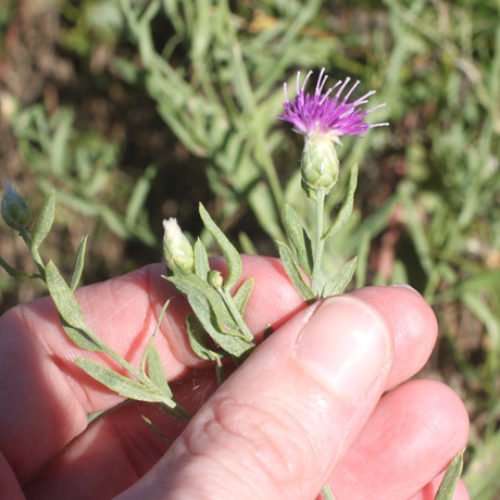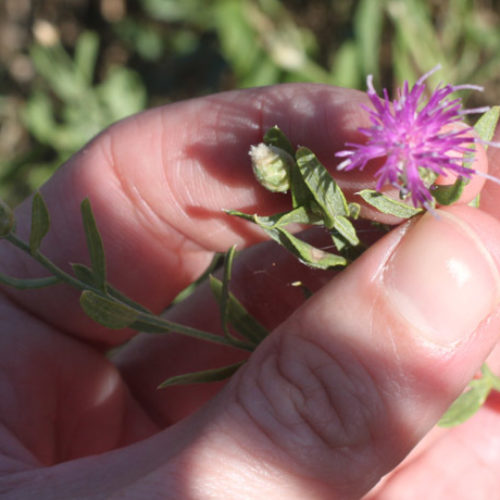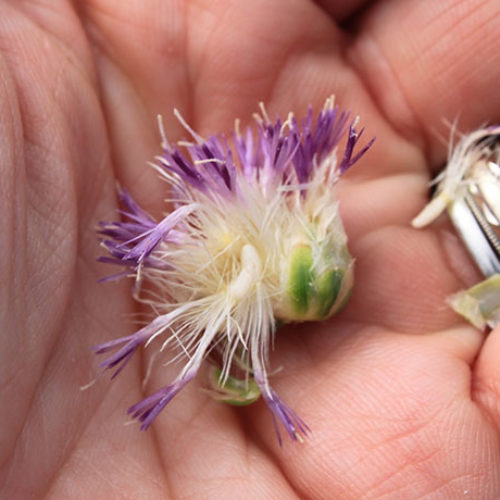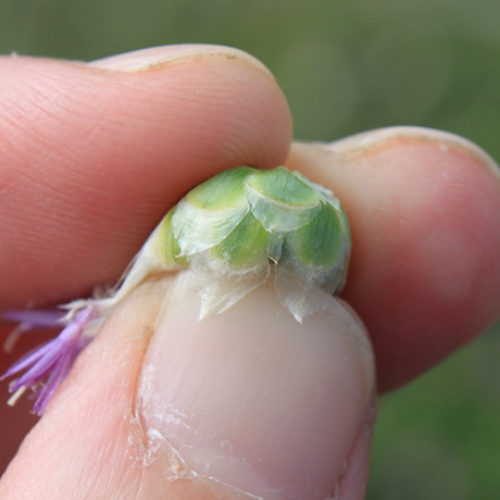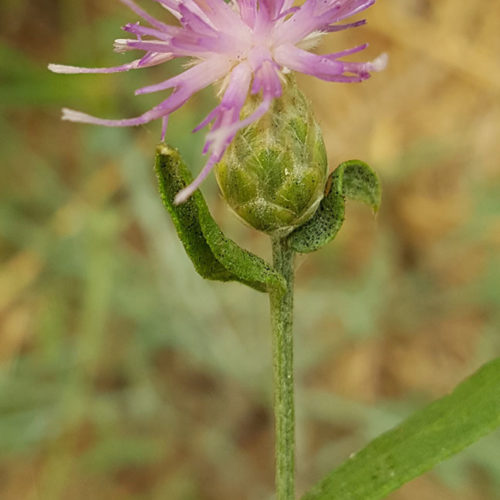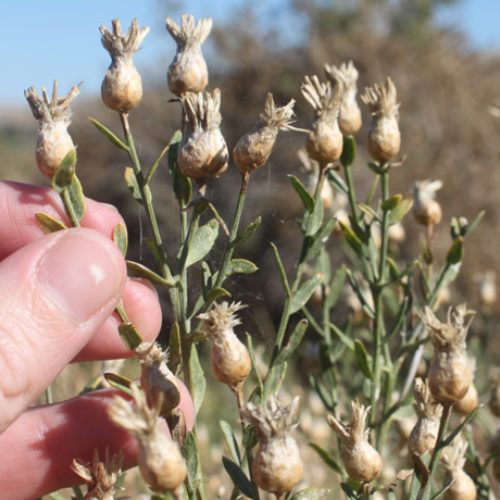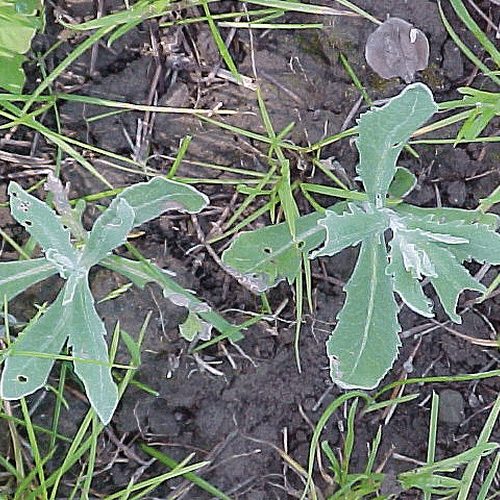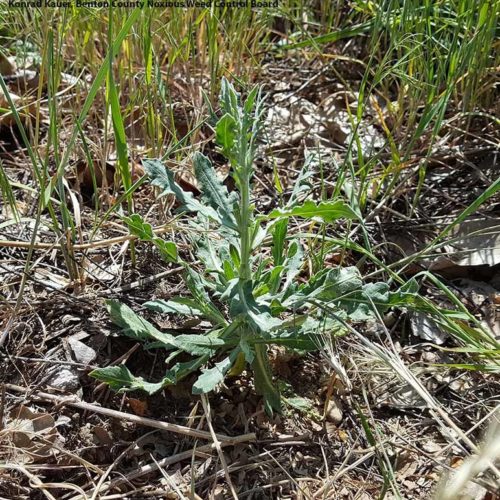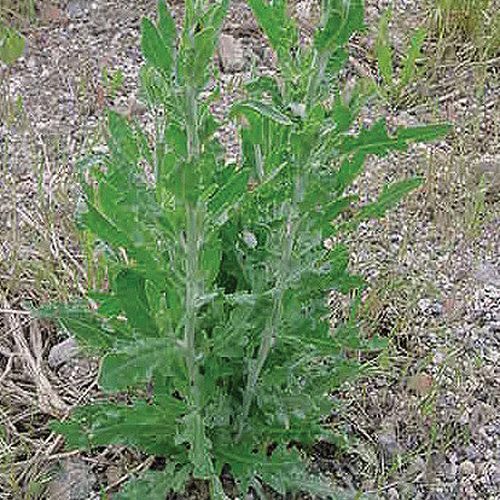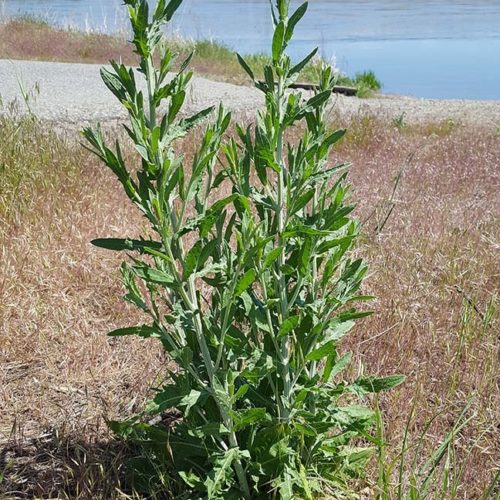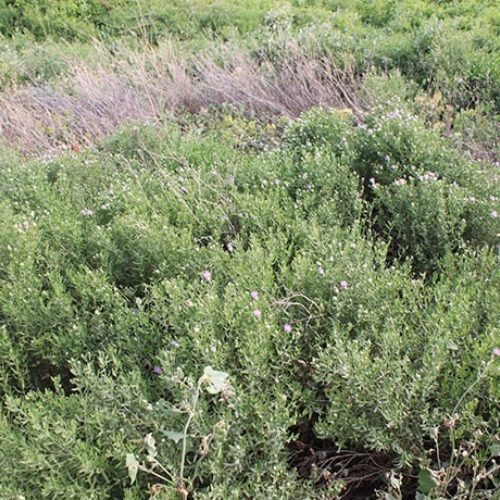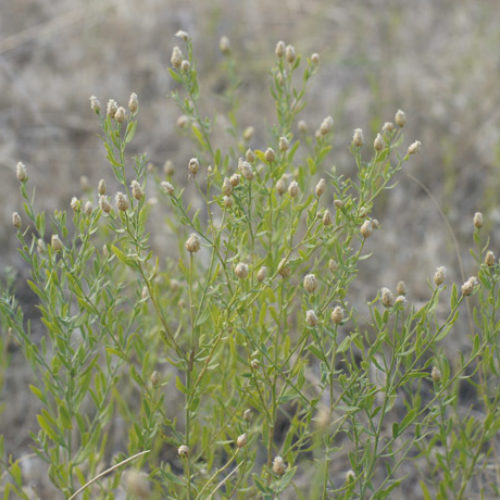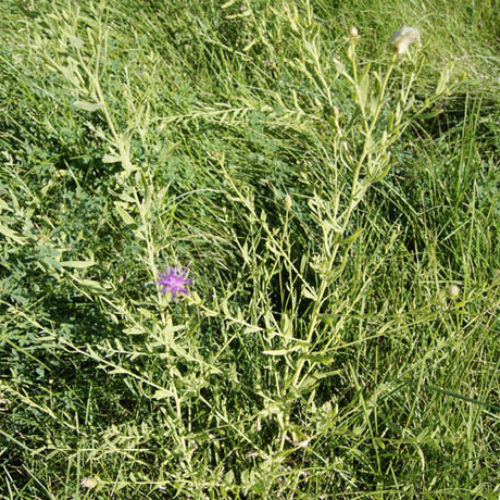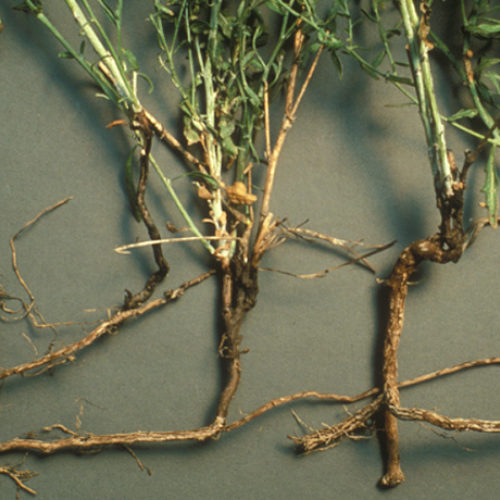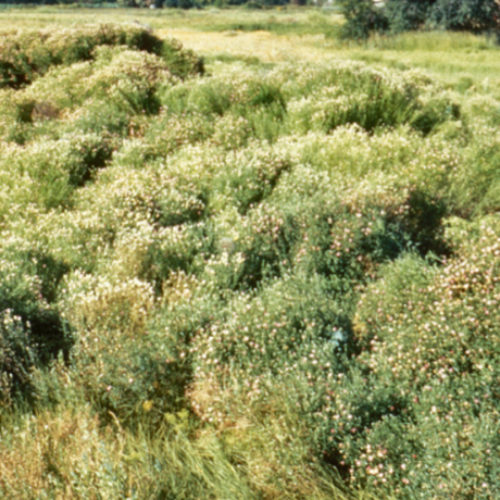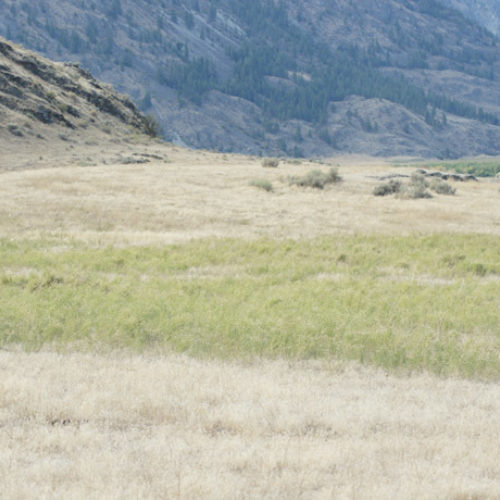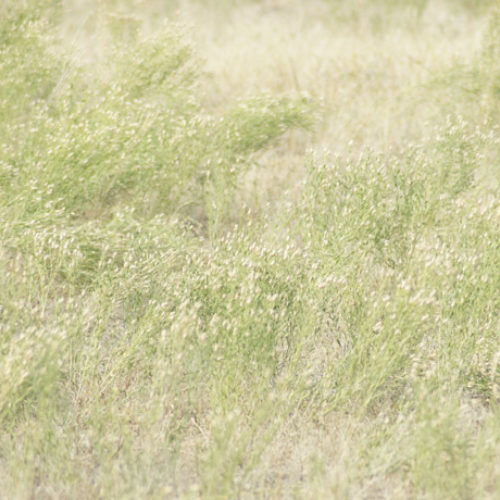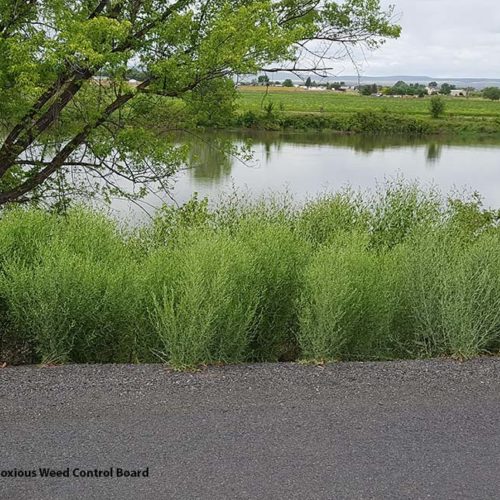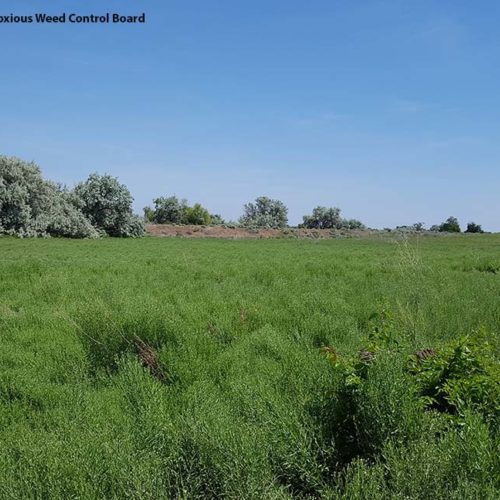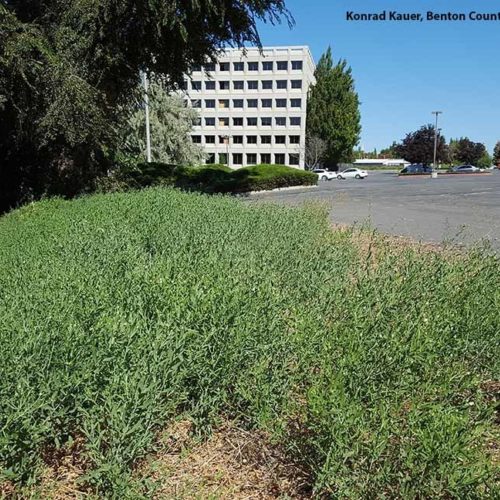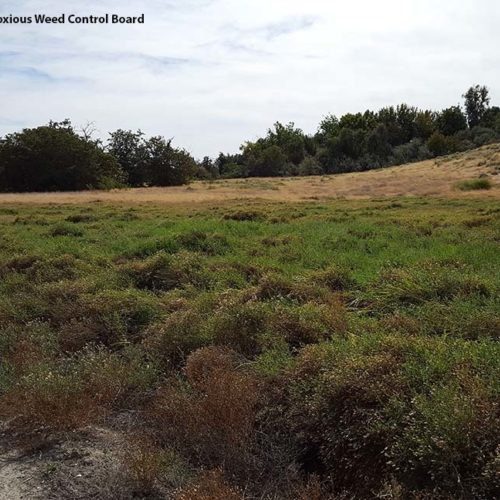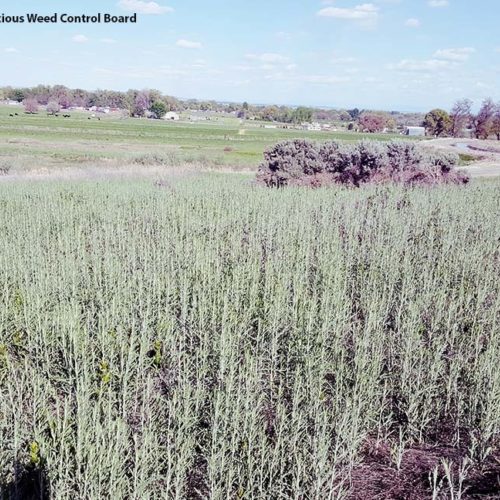Russian Knapweed
Rhaponticum repens
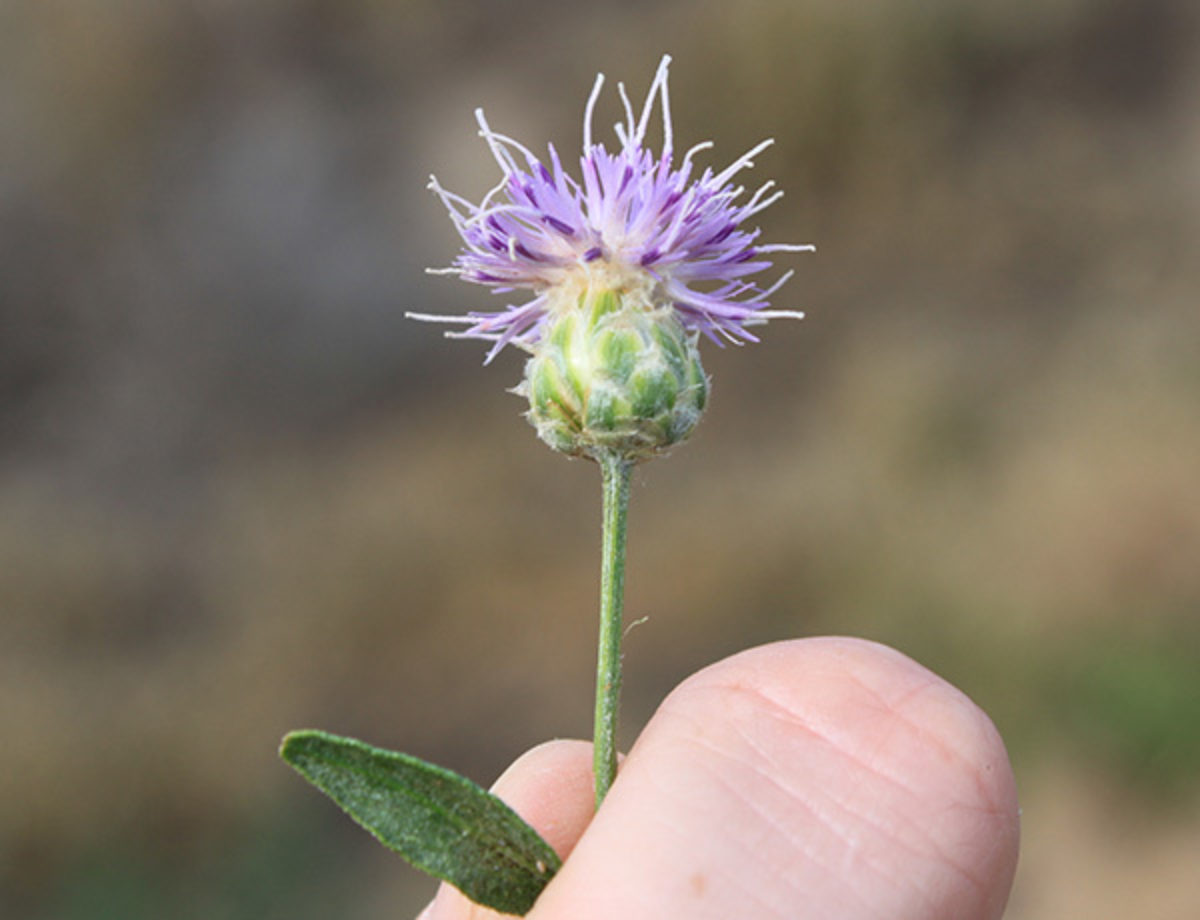
Family: Asteraceae
Other Scientific Names:
Acroptilon repens
Other Common Names: hardheads, Turkestan thistle
Weed class: B
Year Listed: 1988
Native to: Russia and Eastern Europe
Is this Weed Toxic?:
livestock
Legal listings:
This plant is also on the Washington State quarantine list. It is prohibited to transport, buy, sell, offer for sale, or distribute plants or plant parts of quarantined species into or within the state of Washington or to sell, offer for sale, or distribute seed packets of seed, flower seed blends, or wildflower mixes of quarantined species into or within the state of Washington. Please see WAC 16-752 for more information on the quarantine list. For questions about the quarantine list, contact the Washington State Department of Agriculture's Plant Services Program at (360) 902-1874 or email PlantServices@agr.wa.gov.
Why Is It a Noxious Weed?
It is an aggressive invader of pastures, non-crop areas, grain fields and other cultivated fields. In addition, the plant is poisonous to horses, causing chewing disease (equine nigropallidal encephalomalacia). Livestock may avoid this species.
How would I identify it?
General Description
Russian knapweed is a bushy, branched perennial, reaching 1 to 3 feet tall and forming clones or colonies from vigorous, deep, spreading rhizomes.
Flower Description
Many flower heads, pink to purple in color. The outer bracts under the flower heads are greenish to straw colored and have a broad, papery tip.
Leaf description
Leaves at the base of the stem (basal leaves) are gray-green and lobed. Upper stem leaves are smaller with toothed edges or entire (smooth) edges.
Stem description
Stems are upright, branched and hairy. Young plants are whitish and woolly.
Fruit Seed Description
Seeds (achenes) are ivory white and have a feather-like plume (pappus).
Where does it grow?
Russian knapweed is found growing in pastures, hayfields, grain fields, irrigation ditches as well as roadsides. Please click hereto see a county level distribution map of Russian knapweed in Washington.
How Does it Reproduce?
Russian knapweed reproduces by seed and spreads laterally by its root system. Root fragments can regenerate following cultivation.
How Do I Control It?
General Control Strategy
Productivity can be maximized in less time if Russian knapweed populations are treated with a suitable herbicide, farmed, and seeded to a competitive forage.
Cultural Control
Depending on the moisture regime, nitrogen fertilizer applied in conjunction with an herbicide significantly improves the competitiveness of residual grasses. In addition, improved grazing management will significantly influence the life span of Russian knapweed control efforts.
Biological Control
The nematode Subanguina picridis forms galls on Russian knapweed that reduce plant vigor - its effectiveness in Washington is not yet known.
Herbicide Control
It is difficult to control with herbicide. Please refer to the PNW Weed Management Handbook, or contact your county noxious weed coordinator.
For More Information
Selected Knapweeds of Washington Brochure
See our Written Findings for more information about Russian knapweed.
Douglas County NWCB Fact Sheet on Russian knapweed
Lincoln County NWCB Fact Sheet on Russian knapweed
Whatcom County NWCB Control Options for Knapweeds



